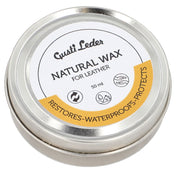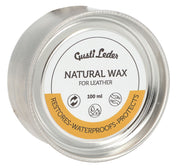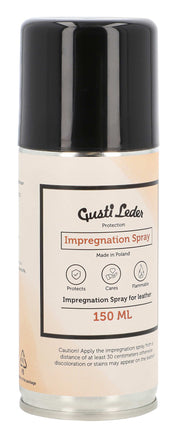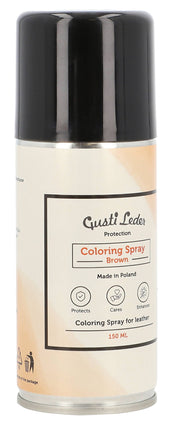Retanning General
Retanning allows you to subsequently add properties to the leather, such as fullness, softness, or color, that weren't achieved through the primary tanning process alone. You should only target the most important characteristics, as it's never possible to create all of them in a single piece of leather. Retanning is used to improve the leather's color, fullness, softness, and dressability, lightfastness, grain strength, and grain fineness, as well as certain processing properties (shape retention) and usage properties (weight, hygiene).

Retanning agents
The same substances are used in retanning as in the main tanning process. Depending on the main tanning process, each tanning agent achieves a different result. In principle, any tanning agent can be used for retanning, but the most important are resin and polymer tanning agents, vegetable tanning agents, and synthetic tanning agents. These have the greatest impact on the structure and fullness of the leather. Retanning, along with refatting, dyeing, and waterproofing of the leather, is classified as a wet tanning process.

Retanning in the leather production process
During retanning, it is important to ensure that tanning agents are only used under specific conditions. Fat tanning always takes place after dyeing. Vegetable and synthetic tanning agents are applied after the leather has been deacidified, but before dyeing and after fatliquoring. Mineral tanning agents, such as chromium or aluminum, are applied even before the leather has been deacidified.
Properties of retanned leather
To increase the softness of the leather, tanning agents such as masked chrome tanning agents or glutaraldehyde should be used, as these have a low tanning effect or a greasy effect. Synthetic, vegetable, and especially resin tanning agents are used to enhance the leather's fullness. A finer grain and tighter grain ensure elegance. Chrome or synthetic tanning agents are used for this purpose. To increase lightfastness and brighten the leather during retanning, aluminum, chrome, and synthetic tanning agents are used.

Additional sources (accessed 13.12.2018):
- lederpedia(dot)de/lederherstellung/retanning/retanning
- leder-info(dot)de/index.php/Gerbung
- de(dot)wikipedia(dot)org/wiki/Gerben






